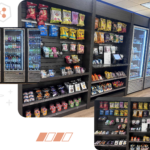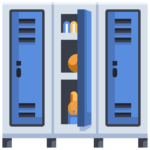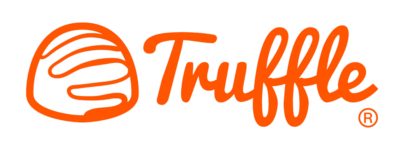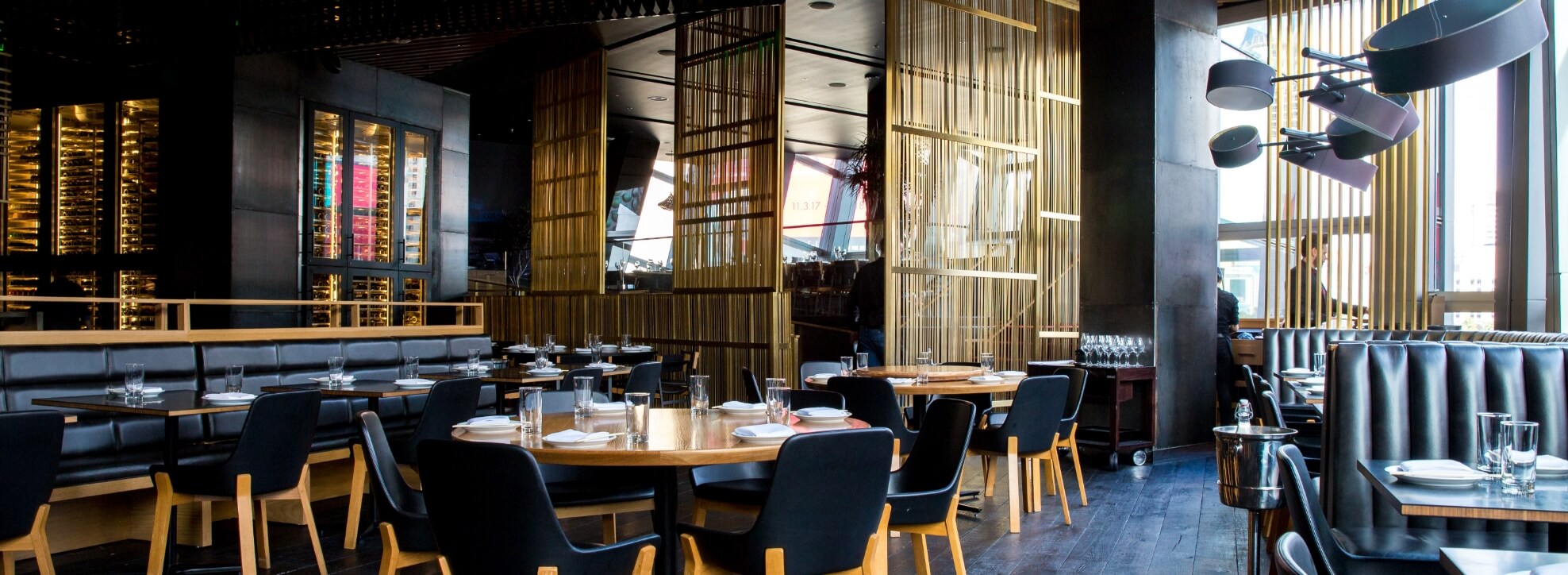
Online Food Ordering Statistics That May Surprise You
It’s no surprise that the demand for online food ordering was accelerated by the COVID-19 pandemic.
However, the trend toward online food ordering had been growing long before restaurants were left scrambling to adapt to in-person dining restrictions.
In fact, there is some reason to hope that investments in online ordering may lead to greater revenues for restaurants in the future than they enjoyed even before the pandemic.
As we mentioned in our post on the advantages of an online food ordering system, encouraging customers to order online also eliminates mistakes, saves staffing costs, diversifies your restaurant’s income, and more.
If you’re wondering whether it’s time to upgrade your online food ordering system, here are some online ordering statistics that may surprise you.
70% of restaurant customers expect online ordering
Long before the pandemic even became a global problem, people were beginning to expect restaurants to offer online ordering.
As QSR reports, researchers for Tillster’s 2019 Online and Mobile Ordering Index surveyed 2,000 restaurant customers across the United States and found that 70 percent expect a restaurant’s website to offer online ordering.
The days where restaurant customers expect to make orders over the phone or even over a laptop computer are dwindling. As the technology that makes online orders possible continues to get easier to use and more affordable, these expectations for mobile support will only increase.
Ordering online is convenient and leaves little room for error, so it’s fair to assume that if you don’t offer online ordering, you’ll soon be losing more business to competitors.
68% of adults say the pandemic has made them more likely to order takeout
QSR summarized some of the biggest takeaways from The National Restaurant Association’s latest State of the Restaurant Industry Report, which focused on how the operational trends spurred by the pandemic will continue in coming months.
Among the interesting findings was one that found that 68 percent of consumers say they’re more likely to purchase takeout food from a restaurant than they were before the outbreak.
In every age group surveyed, a majority of respondents indicated that they’ll be more likely to continue to order takeout in some form, even if they do takeout less as they start to dine in-person again.
Instacart experienced an $8.32 million increase in orders between February and April of 2020
This article from Review 42 summarizes industry data from Statista that helps illustrate the magnitude of the increase in the demand for online food ordering in light of the COVID-19 pandemic.
Instacart is the most popular third party meal delivery app on the market at this point, but it’s just one of many third party delivery apps that consumers have been using to order food — and those apps saw drastic increases in use, as well.
This food ordering statistic is important because it drives home that many restaurants did experience a boost in online food ordering as the pandemic ramped up — and although those orders may not have made up for all of the revenue lost to in-person dining, it may have helped close an adoption gap. In short, many customers who weren’t familiar with online ordering got familiar with it, and — as we just mentioned — are likely to continue using it long after pandemic-related restrictions end.
64% of customers prefer ordering directly from the restaurant (instead of with third party apps)
Another surprising online food ordering statistic from the QSR piece on The National Restaurant Association’s State of the Restaurant Industry Report is that consumers overwhelmingly prefer to order directly with a restaurant’s app instead of using a third party app.
Statistics showed that 64 percent of consumers prefer to order direct through the restaurant for delivery, while just 18 percent prefer to order through a third-party service (with 18 percent more not having a preference).
Although the reasons for this preference weren’t spelled out in the study, we can think of a few potential reasons. For one, many consumers know that third party apps collect significant fees from both the consumer and the restaurant (and patrons want to support local restaurants as much as possible). In other cases, restaurants’ have simpler ordering processes or loyalty programs that can make the option more appealing for consumers.
About 50% of full-service restaurants have invested more in takeout and delivery since COVID began
Perhaps it was due to the increase in demand that we already talked about, or perhaps the investment helped spur on the demand — but either way, roughly half of full-service operators in the National Restaurant Association’s report said they devoted more resources to expanding off-premises business since the beginning of the pandemic.
To us, this statistic indicates that if your restaurant hasn’t already invested in online food ordering tools, you may quickly be in a smaller minority of restaurants that don’t offer this option.
53% of adults say purchasing takeout or delivery is essential to their lifestyle
Perhaps thanks to expanded technology and convenience, takeout and delivery has evolved from a luxury or a one-off experience into something that many consumers do regularly.
In fact, according to QSR Magazine, 53 percent of adults consider purchasing takeout or delivery food to be essential to the way they live.
You may consider that a lot of people who depend on takeout are completely different than the group of customers who like to dine at your restaurant in-person. Families with small children, people who work odd hours, and people who rarely cook may rarely dine in-person but rely on takeout regularly.
By offering online food ordering, you make it easier to reach this new group of customers, significantly boosting potential revenue in the process.
34% of delivery orders cost $50 or less
As you plan your takeout menu, you may want to know that 34 percent of customers in the US order up to $50 worth of food (according to Statista numbers summarized by Review 42). In fact, 26 percent keep their orders under $25. On the other end of the spectrum, 12 percent order up to $75 in an online food order.
Understanding what most people anticipate spending on a takeout order is important because it can affect your budgetary planning, or making sure that your delivery services are profitable.
After expenses such as driver pay, software features, special takeout containers, and more, restaurants may decide that they need to make adjustments to the takeout menu or even just stick to curbside pickup instead.
We explain more about delivery options and expenses in this post: What Is No Contact Delivery? Here’s What Restaurant Owners Need to Know
Customers spend up to $5 extra on digital orders
Tillster’s 2019 Online and Mobile Ordering Index found that customers spent about $5 on items that they didn’t initially expect to order when they placed the orders online.
These spontaneous extra purchases are probably due to online food ordering programs recommending things like side dishes, appetizers, drinks, and desserts as a customer checks out.
Because these recommendations are paired with appetizing images when customers order digitally, it’s an easier sell than when your staff makes recommendations over the phone. Plus, there’s no extra staff training required.
As you may have noticed when making online orders yourself, glancing at a handful of images is quicker and more pleasant than being read the options out loud over the phone.
70% of people say they’d visit a restaurant more often if it had a loyalty program
According to research by Omnico among 1,500 U.S. and U.K. quick-service restaurant diners, 70 percent of respondents said they would visit a restaurant more often if it had a loyalty program that offered them a full variety of discount options and deals.
The greater loyalty a customer has, the easier it is to persuade them through the doors more often.
Ready to Get Started with Online Ordering?
The numbers show that online food ordering is here to stay. If you’ve been hesitating due to perceived expense during a difficult time, we hope that Truffle POS can ease your mind.
Our restaurant POS system includes a full suite of online ordering features, driver delivery tracking features, and customer loyalty features — everything you need to take advantage of the swell in interest in online food ordering.
If you’re ready to learn more, you can either check our buying guide on the best online ordering systems or our online ordering system.
The numbers show that online food ordering is here to stay.
Our mission is to help all restaurant owners adapt to changing market demands and thrive for the long-term. Our onboarding process is consultative, so even owners with little tech experience will feel comfortable using the system at the end of the onboarding process. Finally, our software is “hardware agnostic,” meaning that you can use it on any internet-connected device.





